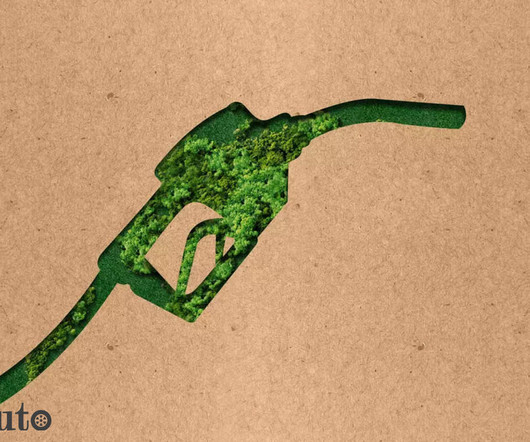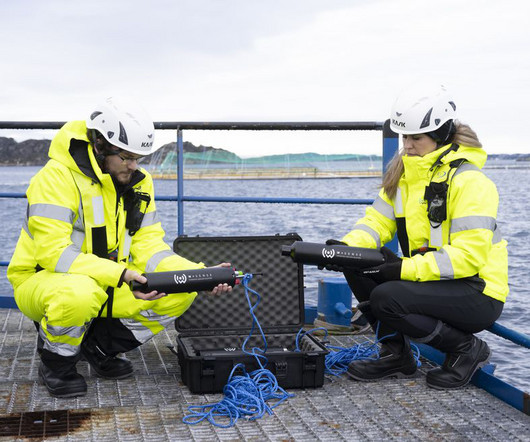Optimizing Bio-oil Produced Via Biomass Fast Pyrolysis with FCC Catalysts
Green Car Congress
OCTOBER 26, 2009
A team at China’s Southeast University in Nanjing is developing a process to improve the thermal stability and heating value of bio-oil produced using catalytic fast pyrolysis. The hydrocarbons increased with the increase of the catalyst percentages, and this contributed to the decrease of the oxygen content of the bio-oil.

























Let's personalize your content